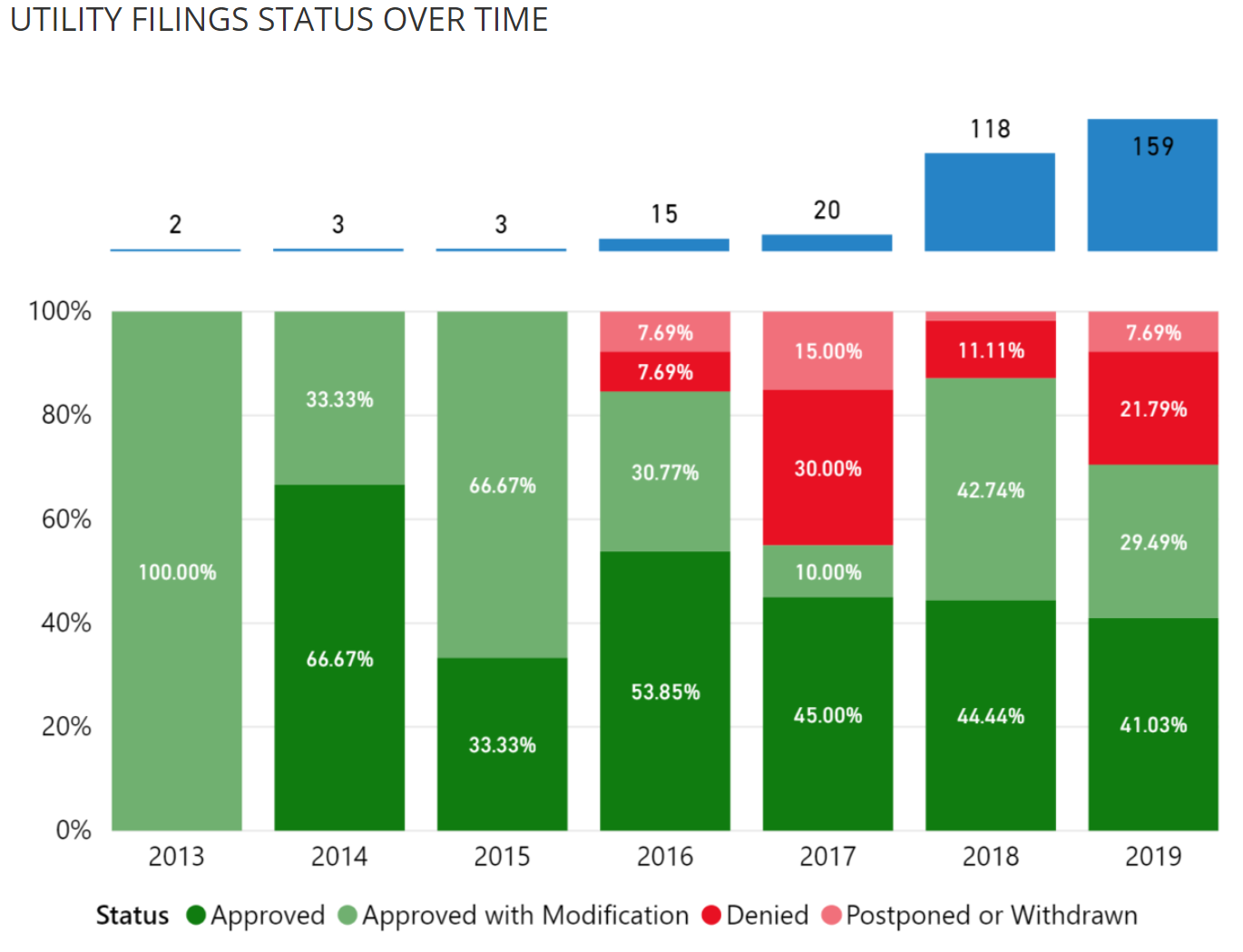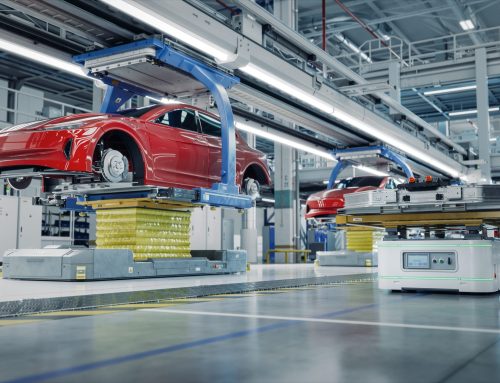
Source: EV Hub
This spotlight is an excerpt from a complete data story linked in the graph above.
Engagement from electric utilities in transportation electrification is on the rise and approved investment now totals almost $1.4 billion, 80 percent of which has occurred in the last two years. The ratio of approved elements of programs (filings) on the EV Hub Utility Filings Dashboard reveals a “batting average.” Cumulatively, utilities are batting 0.771, meaning 77 percent of all filings since 2013 have received commission approval. While a significant majority of programs have been approved by regulatory commissions, many were modified first. A closer look at utility proposals and decisions offers insights into why some utilities strike out when they first step up to the plate.
This favorable batting average doesn’t capture the nuance of the regulatory commission process and the back-and-forth between utilities, regulators, and the stakeholder community. While a baseball player has only moments to react and adapt to changing conditions, electric utilities have months to modify their proposals to improve their chances of approval. Modifications to transportation electrification have been commonplace and utilities have often reduced or increased budgets, shifted their role in a program, or reallocated funds within a program to prioritize certain customer groups. Out of the 242 approved filings, 44 percent were modified in some way before a final approval was issued. Importantly, these modified approvals make up more than 85 percent of all approved utility investment totals. The most well-documented of which was a $650 million proposal by Pacific Gas & Electric in California in 2015 that was under consideration for nearly two years before a much smaller program was approved worth less than $150 million.
Of the 54 filing elements worth $241 million that have been denied since 2015, 30 were denied by commissions because the utility did not sufficiently demonstrate the benefits of the proposed program. After ramping up activity and receiving many denials in 2017, utilities have adjusted their strategy to reflect lessons learned. A surge in filing activity in 2018 and 2019 has coincided with higher approval ratings compared to the low point reached in 2017. This learning process is exemplified in cases like Ameren Missouri’s Charge Ahead Program; a strikeout in the early innings can lead to a smarter plate appearance for the utility later in the game. The commission decided Ameren’s original proposal did not demonstrate sufficient public benefit, threatened market competition, and conveyed too much expense to the ratepayer to be approved. The utility returned with a modified budget that prioritized different customer groups and won approval for an additional $6.6 million for the program in October 2019.
With $1.4 billion in utility funding for transportation electrification in the balance at the start of 2020, utilities must continue to learn from others, follow good practices outlined by the industry, and have patience at the plate. Electric utilities are expected to continue to play a vital role in closing the charging infrastructure gap and engaging underserved communities in ways that the private market may not be able to. EV Hub will continue to track all regulatory proceedings related to transportation electrification allowing utilities and other stakeholders to draw on this shared experience and enhance everyone’s chances of knocking one out of the park.


